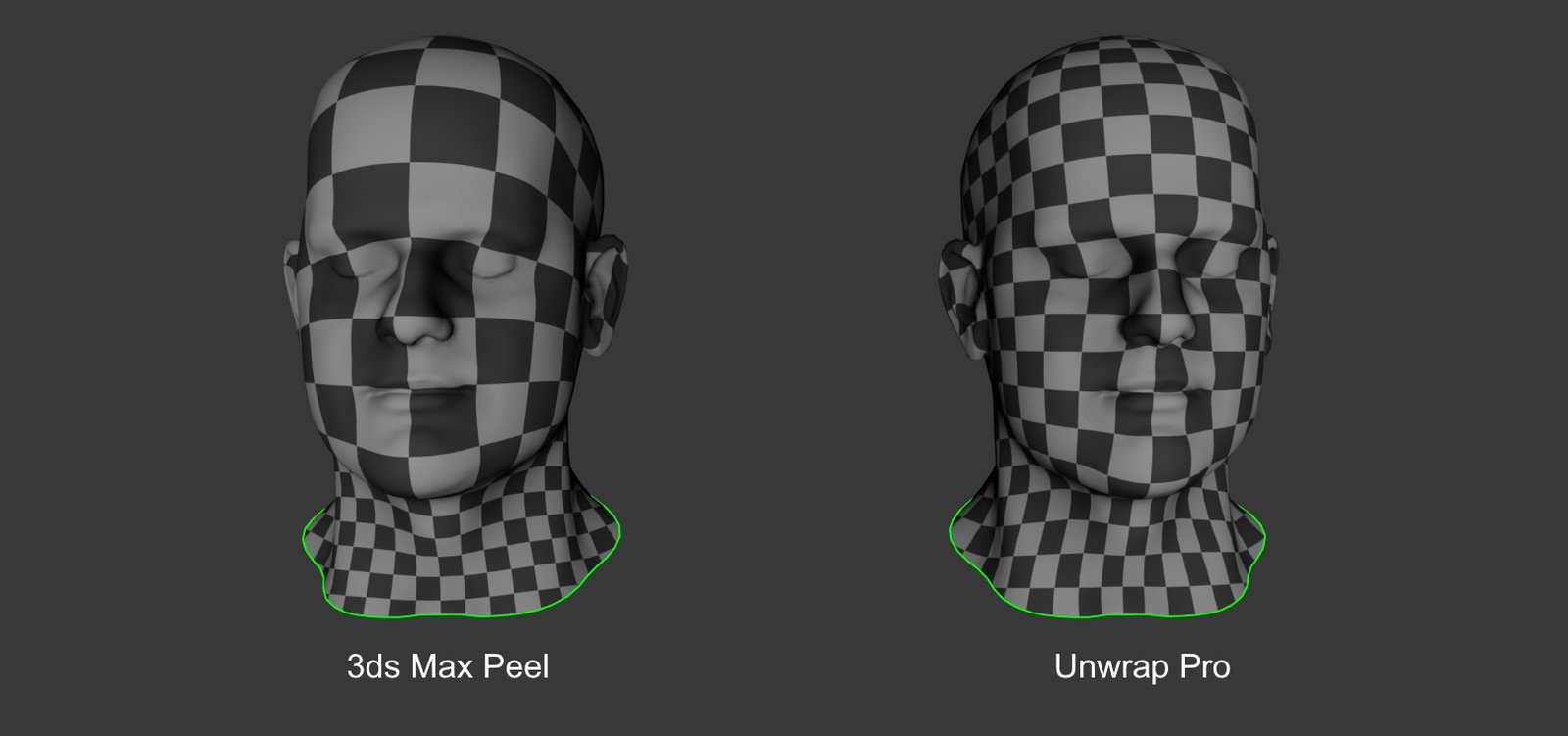
You can look at the 3D view and check for changes in the checker, like whether you are distorting the pixels by unwanted squeezing or stretching of the mesh. This is helpful later for editing the UV data. This makes the texture into a checker pattern. The only change will be to check the ‘UV Test Grid’ for users of the previous version of Blender. Step 13: Let the default setting be retained for now. From the UV/Image editor view, choose Image then New Image. Step 12: Now, the mesh is drawn in 3D as pure white as it doesn’t have any texture. It is like a preview to show how your scene will be formed once you render it. And finally, the 4th one is the rendered mode. The 3rd mode is LookDev that allows textures, materials, and colors to be visible. If you need to change the color, bg, or lighting, you can do it by varying the shading properties. 2 nd is the solid mode, which can be used to show the mesh without any texture or material in solid form. The 1st mode that is shown is a wireframe. You can also access them by hitting the ‘Z’ key, which displays these modes in a pie menu as shown in the image.

Note: There are four viewport shading modes which are located next to the X-ray mode. Before that, you will need to change the 3D view for rendering the textured objects. It will be really useful to have some reference while working. Step 11: Now, what we have with us is the raw UV data. It is even more clear now about the purpose of marking the seams. You will find other unwrapping options as well.įinally, the cube is unwrapped. Step 10: For unwrapping your selection, use UV, then Unwrap or keep the mouse on the 3D view and hit (u and Unwrap). Now we will unwrap them by selecting all the faces (Press ‘a’). Scroll down and choose the show seams option. However, if not, press ‘n’, with the mouse above the 3D view. The seam edges will be marked in red color. For doing that, Select Edges and click 0n Mark Seam option.Īlternatively, you can keep the mouse over the 3D view and press Ctrl+E and Mark Seam. Step 8: Next, you can mark the edges as seams. Now, for selecting the edges, use the edge select icon on the top left panel as shown below. For better understanding, imagine seams as cuts made in a 3D model for converting them to 2D shapes. Step 7: Now, we can begin selecting edges to make them into seams. Note: For users of previous Blender versions, turn off the‘ limit selection to visible’ feature as ‘Show the whole scene transparent’ is not available in older versions.

This makes all the objects in the scene to appear in semi-transparent/semi-opaque irrespective of whether they are in alteration or editing modes. For the easy selection of edges on the other sides, select ‘Show the Whole Scene Transparent’. Seams are simply the edges therefore, the mode needs to be in edge select mode. Step 6: After that, we have to mark seams. Step 5: Next, change the Mode from Object to Edit. Step 4: Select the Model you have to unwrap.


 0 kommentar(er)
0 kommentar(er)
